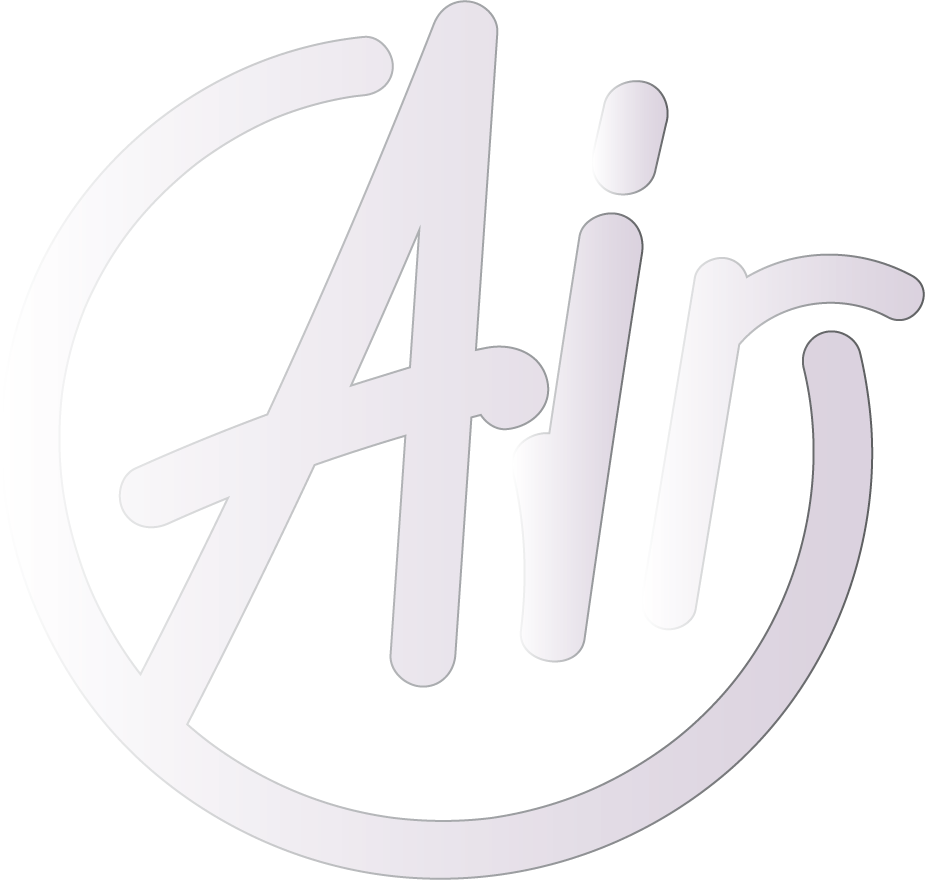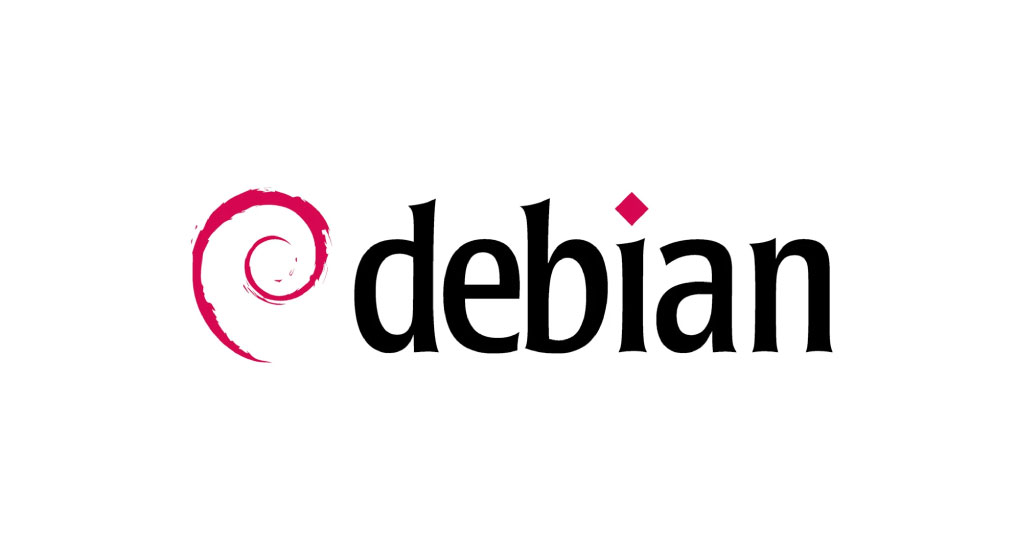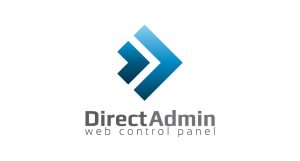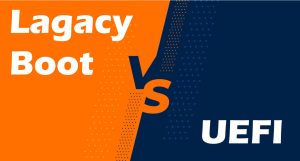How to Install Graphical User Interface (GUI) for Debian Cloud Servers
Most Linux servers have a basic operating system that lacks a graphical user interface, which is a type of user interface that provides a graphical interface for interacting with your system. Typically, administrators use CLI-based tools and configurations to manage it. In this article, we explain how to set up GUI on a Linux server with the Debian operating system.
The installation steps are as follows:
First, run the following commands to update your Debian system
$ sudo apt update
$ sudo apt -y upgrade
Install the gui using the following command:
In addition, the installation process requires a lot of time to complete.
$ sudo apt -y install task-gnome-desktop
After the GUI is installed, you can log in with the following command, it will display the GUI.
$ sudo systemctl set-default graphical.target
By default, the root user is disabled, and to enable root access, you must perform the following steps:
First, ssh to your server and enter the following command:
$ vi /etc/pam.d/gdm-password
After typing this command, please find the line that displays the following text.
auth required pam_succeed_if.so user != root quiet_success
Then put a # or // before this text so that this text is not read in another language, that is, it should be deleted as follows:
#auth required pam_succeed_if.so user != root quiet_success
And then reboot your server once with the command below:
$ reboot
Use cases
The Debian GUI is suitable for a variety of applications, from personal computing to enterprise-level applications. Some of the everyday uses for GUI in Debian are:
Desktop computing: allows users to browse the web, edit documents, manage files, and more.
Server administration: Tasks such as monitoring system performance, managing user accounts, and configuring network settings are used.
Development: Provides various tools and programs for software development, such as code editors, and debugging tools.
Education: It is used for educational and learning purposes as it provides a user-friendly interface for students and teachers.






